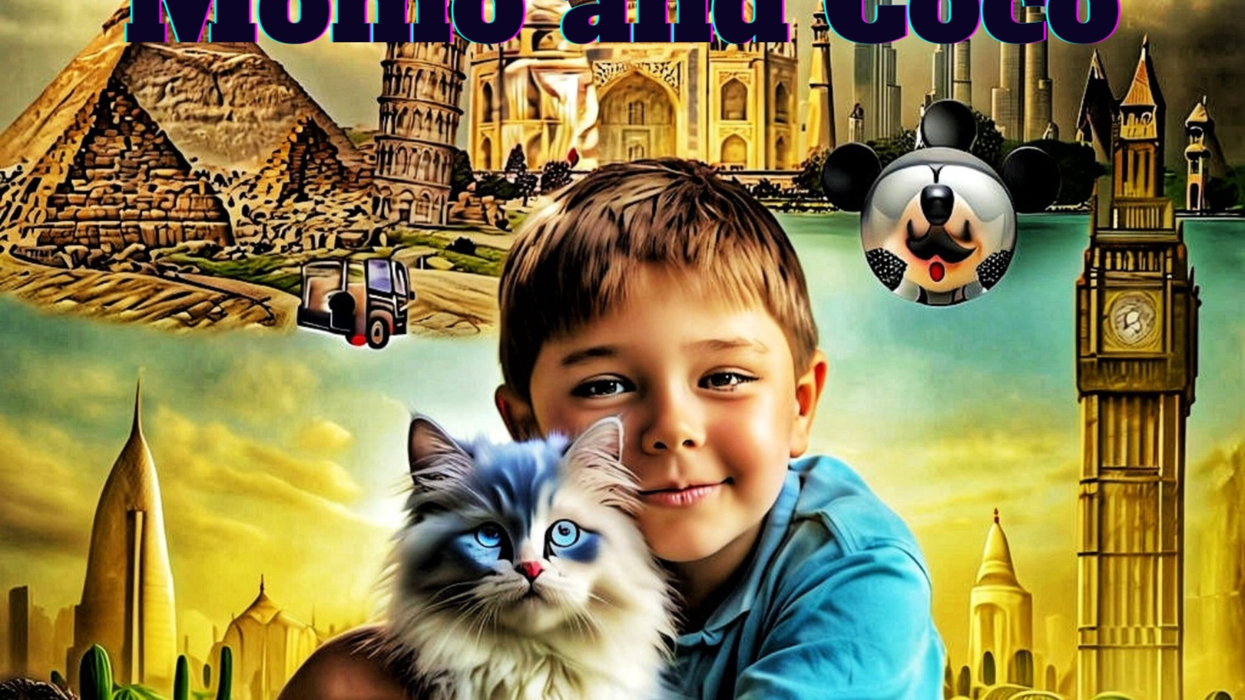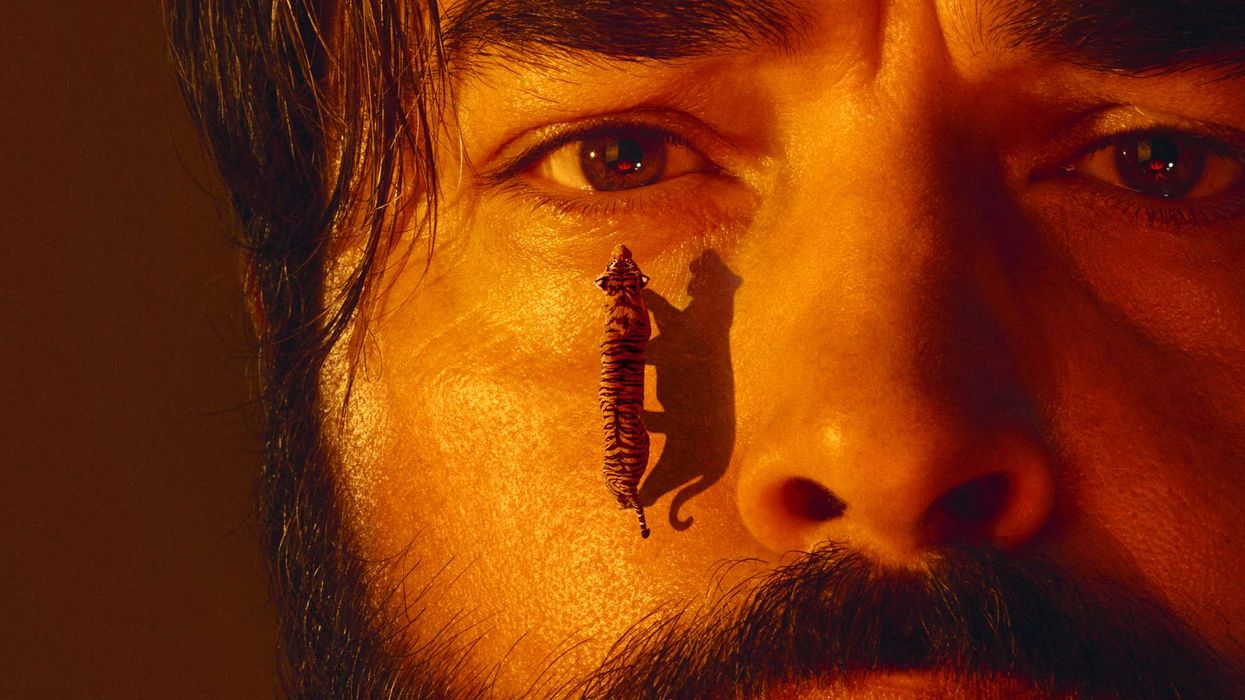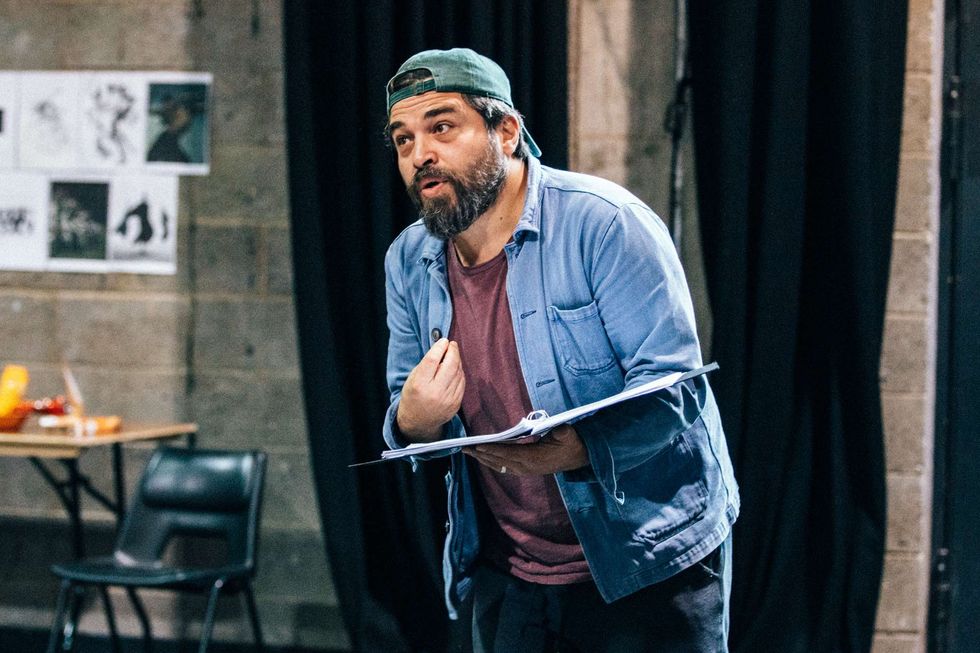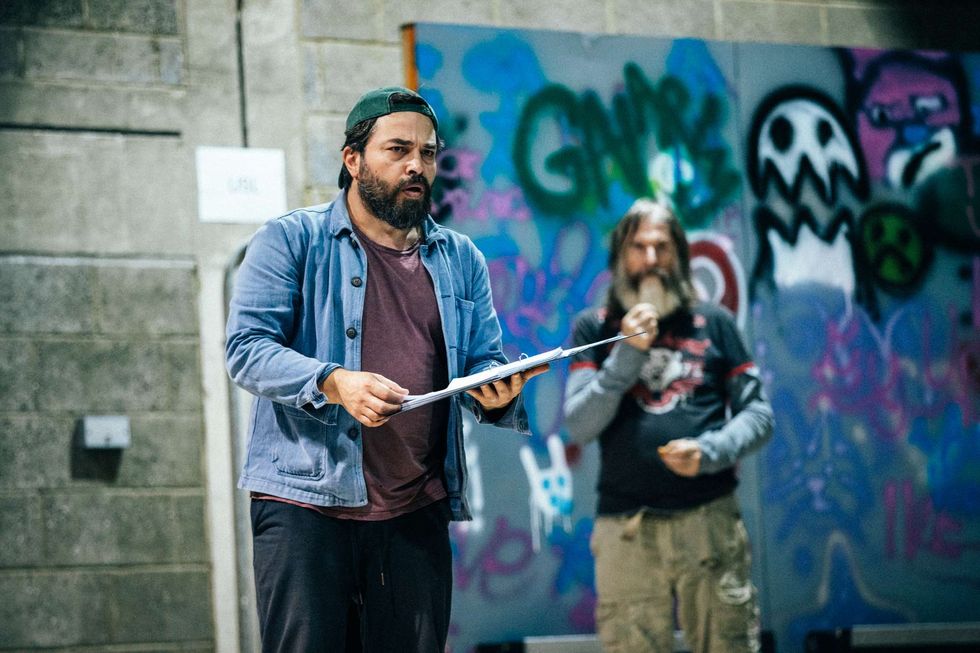MODEL and radio/TV host Nadeem Ahmed has ventured into exciting new territory by writing his debut children’s book, The Travel Adventures of Momo and Coco.
This magical bedtime book features 10 short stories about a seven-year-old boy and his cat as they travel across the globe to places like London, India, Egypt, and Mexico. Drawing on his own experiences as a passionate traveller, Ahmed blends adventure with education, offering young readers a colourful and enriching escape.
Eastern Eye caught up with the British talent to learn more about his creative process, inspirations, and plans for the future.
What made you want to write a children’s book?
My nephew was the biggest inspiration for this book. Every time I visited home, he would ask me to tell him a story, and the theme was always based on my amazing travels.
Tell us about the book.
It contains 10 short bedtime stories about a seven-year-old boy, Momo, and his cat, Coco, who travel the world meeting fascinating characters. Along the way, they learn about different cultures and the history of each country in a fun and engaging way.
What inspired the various stories in the book?
The inspiration came from my own travels to some of the most beautiful and memorable places I’ve visited.
How much of the book is based on your own travel experiences?
The book is largely based on my own travels, with just two of the 10 places being ones I haven’t visited yet. For those, I conducted extensive research to ensure the depiction of these places was as authentic as possible.
What is your favourite story in the book?
My favourite is The Egyptian Dream with Momo and Coco. I have a deep love for Egyptology and lived in Cairo for a time. Egypt holds a very special place in my heart, and this story reflects my strong connection to the country.
What are you hoping children will learn from this book?
I hope children gain an appreciation for the richness of different cultures, especially as we live in such diverse communities. The book also highlights the beauty and importance of travel, encouraging readers to see the world from a broader perspective.
Nadeem AhmedTell us about the illustrations in your book.
Aside from writing, I contributed significantly to the visual elements of the book. I designed the cover and created all the illustrations myself. I wanted to move away from conventional artwork, opting instead for vibrant, colourful backgrounds that reflect the heart and essence of each country.
What, in your opinion, makes a great children’s book?
The beauty of my book lies in its simplicity. The colourful and imaginative writing allows readers to feel like they are part of Momo and Coco’s adventures.
Will you be writing more books in the future?
I definitely hope to write more. I have caught the writing bug and would like to do a follow-up to this one. I also have another book halfway completed, which focuses more on artistic images that I’ve captured myself.
What inspires you as a writer?
People, places, and life experiences are my biggest sources of inspiration while writing.
Why should we pick up The Travel Adventures of Momo and Coco?
It’s highly educational for both children and adults, offering insights into some of the world’s most stunning places. The book celebrates vibrant cultures, shares historical facts, and combines escapism with adventure and magic – the perfect recipe for an exhilarating read.






 Ammar says the play’s script itself served as a compass in navigating Musa’s divided psycheIsha Shah
Ammar says the play’s script itself served as a compass in navigating Musa’s divided psycheIsha Shah Bengal Tiger at the Baghdad Zoo runs at the Young Vic Theatre in London from December 2 – 31 January 31 2026Isha Shah
Bengal Tiger at the Baghdad Zoo runs at the Young Vic Theatre in London from December 2 – 31 January 31 2026Isha Shah






